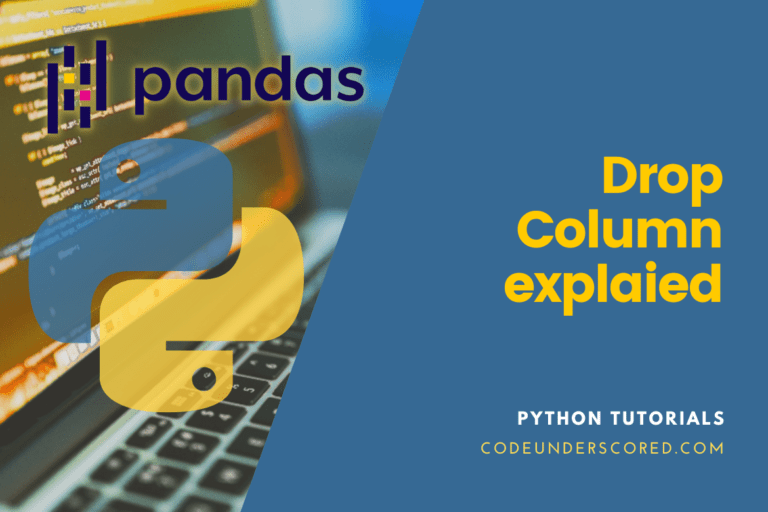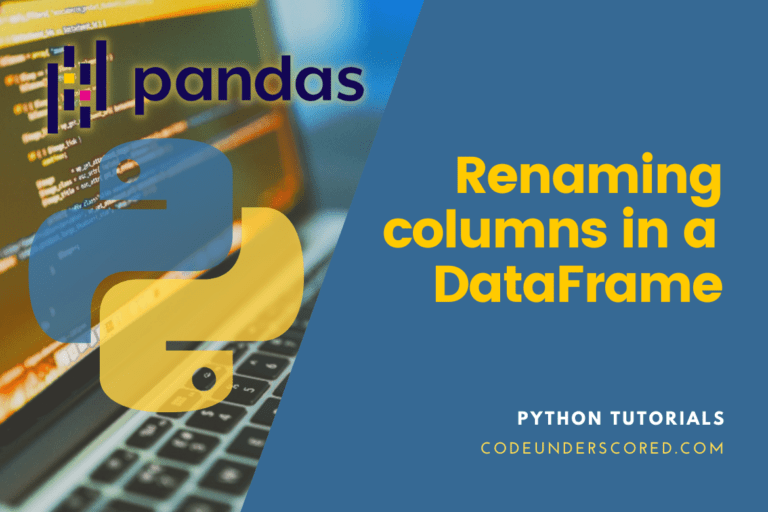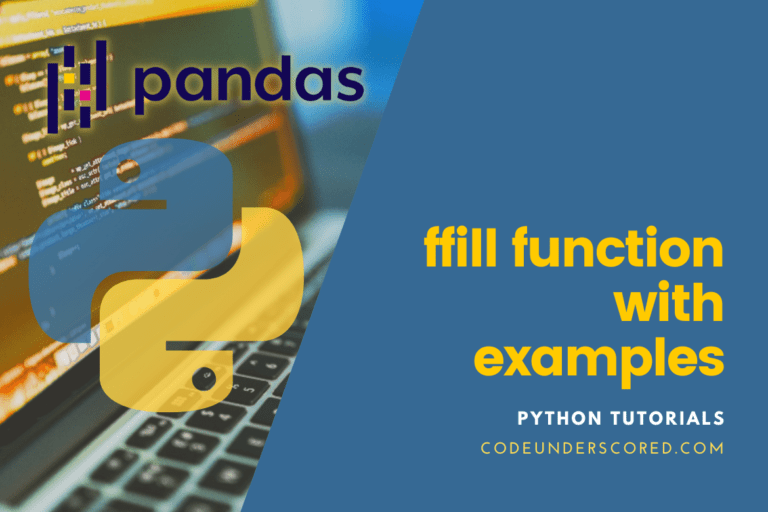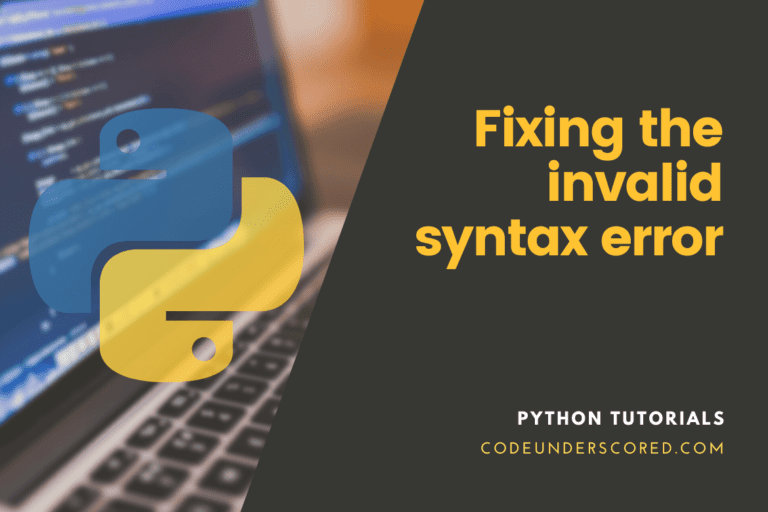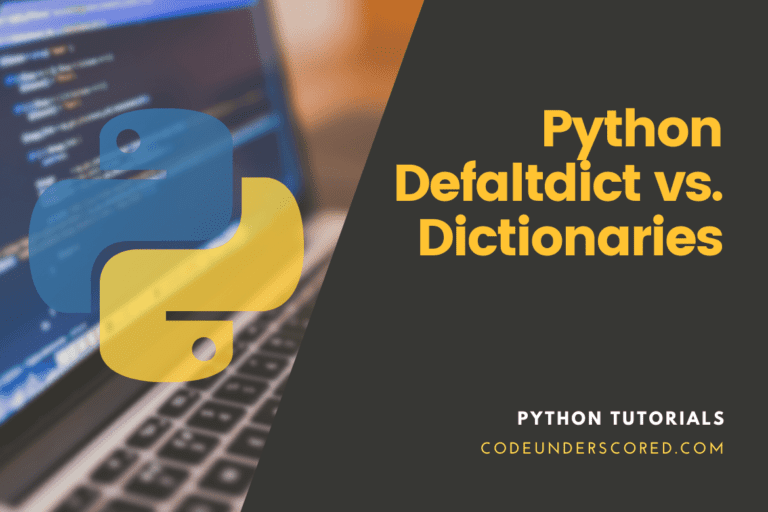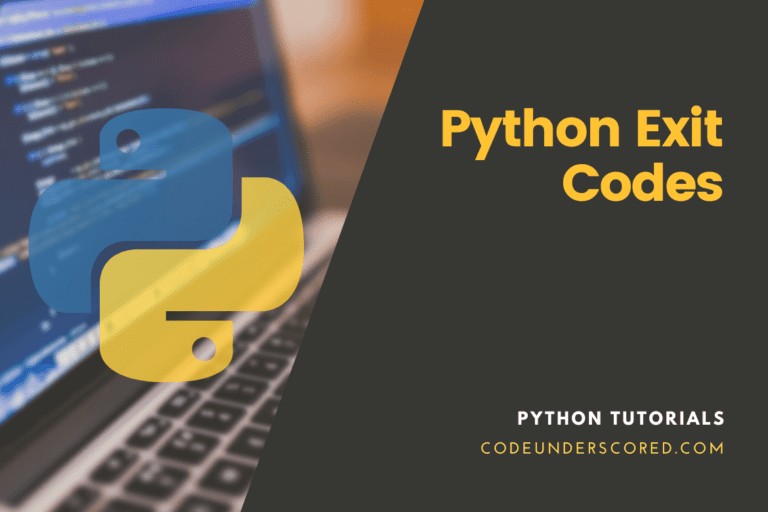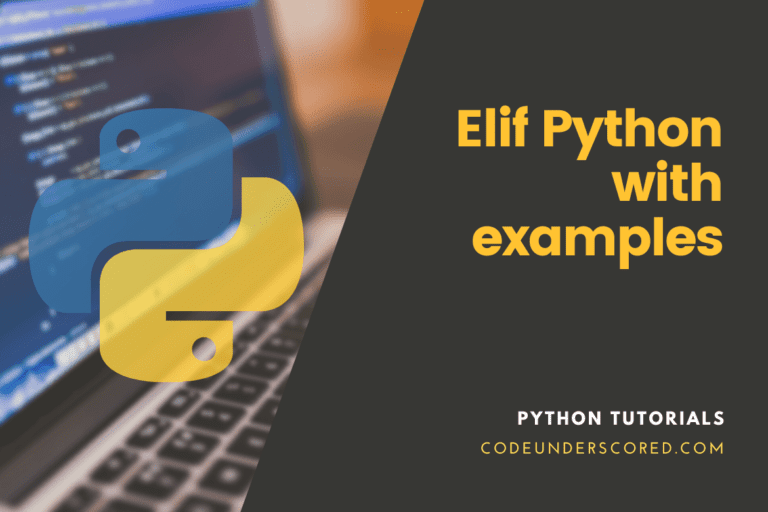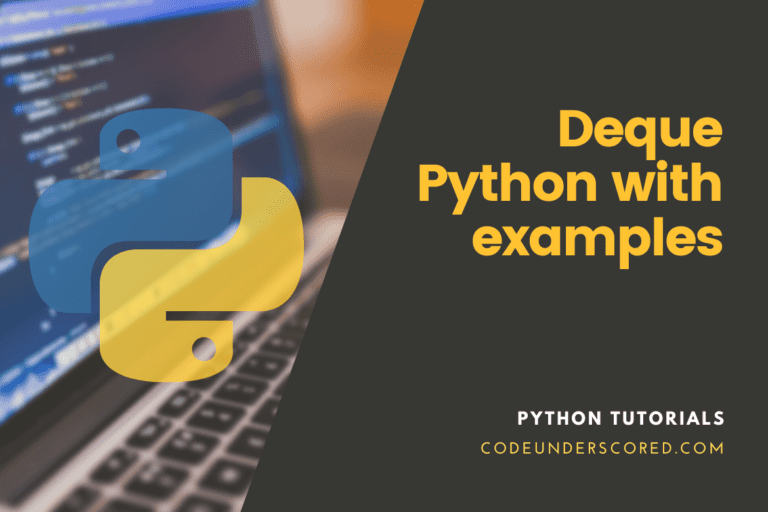Pandas Drop Column explained with examples
When working with data in Pandas, we might exclude a column or several columns from a Pandas DataFrame. They are often eliminated if columns or rows are no longer required for further research. There are several approaches. However, the .drop() approach in Pandas is the most effective. Columns in a DataFrame that are not related to the research can frequently be found. To focus on the remaining columns, such columns should be eliminated from the DataFrame.

